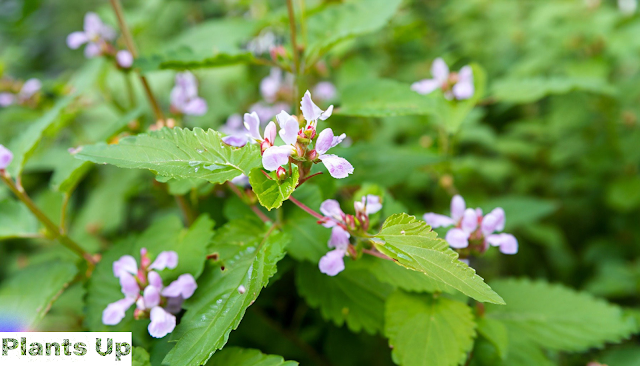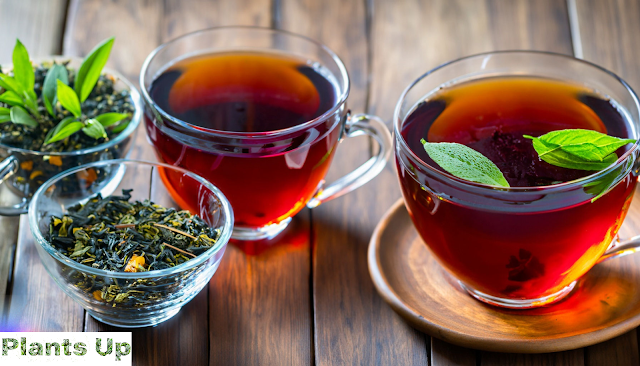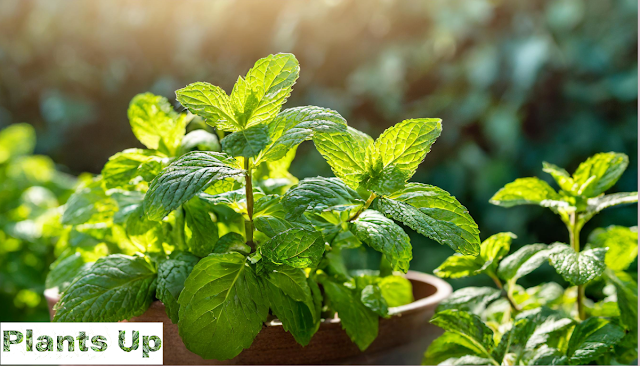 |
| Homemade Remedies and Preparations |
Medicinal plants have been used for centuries as natural remedies for various ailments. From soothing common ailments to providing potential treatments for more serious conditions, these plants offer a holistic approach to health and well-being. In this blog, we'll delve into the fascinating world of medicinal plants, their historical significance, and the benefits they can provide.
I. The History and Cultural Significance of Medicinal Plants
A. Ancient healing traditions and herbal medicine:
- Ancient civilizations like the Egyptians, Greeks, and Romans relied on herbal remedies for various ailments.
- Ayurveda, originating in India, is an ancient system of medicine that emphasizes the use of medicinal plants and herbs.
- Traditional Chinese Medicine (TCM) incorporates a wide range of herbal remedies and botanical preparations.
B. Indigenous knowledge and cultural practices:
- Indigenous communities around the world have a deep understanding of the medicinal properties of local plants.
- Traditional healers and shamans play a vital role in preserving and passing down knowledge of medicinal plants.
- Indigenous cultures often have spiritual and cultural rituals associated with the use of medicinal plants.
C. Historical figures and milestones in herbal medicine:
- Hippocrates, known as the "Father of Western Medicine," believed in the healing power of nature and advocated for herbal remedies.
- Theophrastus, a Greek philosopher, compiled one of the earliest known herbals, describing the medicinal properties of plants.
- The invention of the printing press in the 15th century led to the dissemination of herbals, making herbal knowledge more accessible.
II. Common Medicinal Plants and Their Health Benefits
 |
| Culinary herbs in cooking |
A. Aloe vera: Known for its healing properties, aloe vera is often used to soothe burns, cuts, and skin irritations. It also has moisturizing and anti-inflammatory effects.
B. Ginger: This versatile spice is renowned for its digestive benefits. It aids in relieving nausea, indigestion, and stomach discomfort. Ginger also has anti-inflammatory properties.
C. Echinacea: Widely used to support the immune system, echinacea is believed to help prevent and shorten the duration of colds and other respiratory infections. It stimulates the production of immune cells.
D. Peppermint: With its refreshing aroma and cooling sensation, peppermint is commonly used to alleviate digestive issues such as bloating, gas, and stomach cramps. It can also help relieve tension headaches.
E. Turmeric: Known for its vibrant golden color, turmeric contains a compound called curcumin, which has potent anti-inflammatory and antioxidant properties. It is used to support joint health and overall well-being.
F. Lavender: Beyond its pleasant fragrance, lavender is renowned for its calming effects on the mind and body. It is often used to promote relaxation, relieve stress, and improve sleep quality.
G. Chamomile: Chamomile tea has been a popular remedy for centuries due to its soothing properties. It helps reduce anxiety, calm the nerves, and promote restful sleep. It can also aid in relieving digestive discomfort.
By harnessing the health benefits of these common medicinal plants, individuals can incorporate natural remedies into their wellness routine and enhance their overall health and well-being.
III. Using Medicinal Plants Safely and Effectively
A. Consulting with a healthcare professional: It is important to consult with a healthcare professional, such as a doctor or herbalist, before using medicinal plants. They can provide guidance on the appropriate plants for your specific needs and advise on potential interactions with medications or existing health conditions.
B. Proper identification and sourcing of plants: When using medicinal plants, it is crucial to correctly identify the plant species and ensure they are sourced from reputable suppliers. This helps ensure that you are using the intended plant with the desired therapeutic properties and minimize the risk of contamination or adulteration.
C. Different forms of medicinal plant preparations: Medicinal plants can be used in various forms, including teas, tinctures, capsules, creams, or essential oils. Understanding the different preparation methods and their benefits can help you choose the most suitable form for your needs.
D. Potential side effects and precautions: While medicinal plants offer numerous health benefits, it is important to be aware of potential side effects and precautions. Some plants may have contraindications for certain individuals, such as pregnant women or those with specific medical conditions. Being informed about potential risks and precautions ensures safe and effective use of medicinal plants.
IV. Growing Your Own Medicinal Herb Garden
 |
Medicinal Plants
|
A. Selecting the right plants for your needs: When establishing a medicinal herb garden, it's important to select plants that align with your specific health needs and interests. Research different medicinal plants and their properties to choose the ones that address your desired health concerns. Consider factors like climate, available space, and personal preferences when making your selection.
B. Choosing the appropriate growing conditions: Medicinal plants have specific requirements for optimal growth and health. Consider factors like sunlight, temperature, soil quality, and moisture levels when determining the growing conditions for your herb garden. Some plants may thrive in full sun, while others prefer partial shade. Ensure that the soil is well-draining and rich in organic matter. Provide adequate watering and monitor moisture levels to avoid overwatering or underwatering.
C. Harvesting and preserving medicinal plants: The timing of harvesting medicinal plants is crucial to ensure the highest potency of their active constituents. Research the specific plant species to understand the optimal time to harvest, which is often when the plant is in full bloom or when the essential oils are most concentrated. Use clean, sharp tools to harvest the plant parts, such as leaves, flowers, or roots. Properly dry and store the harvested plant material to maintain their therapeutic properties for future use. Techniques like air-drying, dehydrating, or using herbal presses can be employed to preserve the medicinal qualities of the plants.
By growing your own medicinal herb garden, you have the opportunity to cultivate and nurture plants that provide health benefits. Remember to provide the right growing conditions, select the appropriate plants, and harvest and preserve them properly to make the most of your medicinal herb garden.
V. Integrating Medicinal Plants into Your Lifestyle
 |
Herbal Teas and Infusions
|
A. Herbal teas and infusions: One of the simplest ways to incorporate medicinal plants into your daily routine is by preparing herbal teas and infusions. Different plant parts like leaves, flowers, or roots can be steeped in hot water to extract their beneficial compounds. Explore various herbal combinations to create teas that support digestion, relaxation, immune health, or overall well-being.
B. Homemade remedies and preparations: Medicinal plants can be used to create homemade remedies and preparations for common ailments. From soothing salves and balms to tinctures and poultices, there are numerous ways to utilize medicinal plants for minor health concerns. Research recipes and techniques to create natural remedies that address specific issues like colds, sore muscles, or skin irritations.
C. Incorporating medicinal plants into cooking: Many culinary herbs also possess medicinal properties, making them a great addition to your meals. Experiment with using herbs like rosemary, thyme, oregano, and basil in your cooking to enhance both flavor and health benefits. These herbs can provide antioxidants, anti-inflammatory compounds, and digestive support, among other advantages.
D. Natural beauty and skincare products: Medicinal plants have long been used in natural beauty and skincare products. Look for plant-based ingredients like aloe vera, lavender, chamomile, or calendula in skincare items such as creams, lotions, and oils. These plants can nourish and rejuvenate the skin, promote relaxation, and provide soothing effects.
By integrating medicinal plants into your lifestyle, you can experience their health benefits in various ways. Whether it's through enjoying herbal teas, creating homemade remedies, incorporating plants into your cooking, or using natural beauty products, medicinal plants offer a holistic approach to well-being and self-care.
Conclusion:
Medicinal plants have a rich history and continue to play a significant role in modern healthcare. By understanding their benefits, cultivating our own gardens, and incorporating them into our daily lives, we can harness the power of nature and enhance our well-being. Embrace the healing potential of medicinal plants and embark on a journey of natural wellness.
Remember, while medicinal plants offer promising health benefits, it's always important to consult with a healthcare professional before using them, especially if you have existing medical conditions or are taking medications.
So, let's dive into the world of medicinal plants and unlock the secrets of nature's healing treasures.
Happy Gardening!




